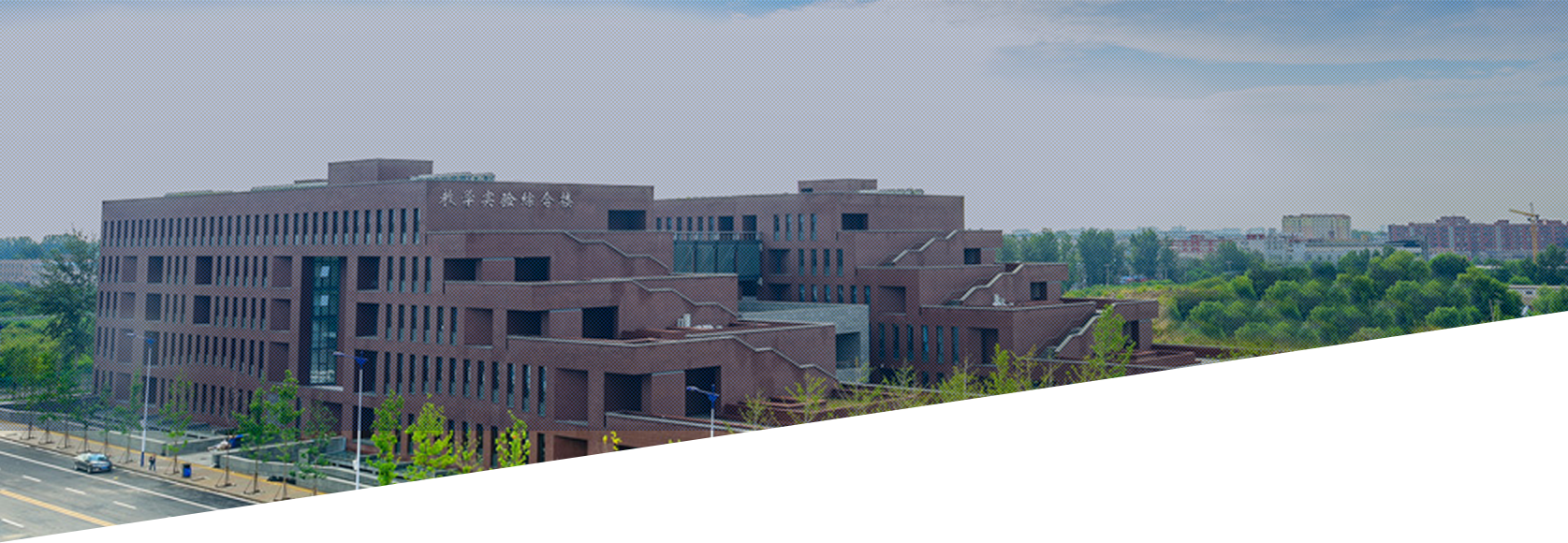应我校信息光子学与光通信国家重点实验室主任、阿尔费罗夫中俄联合实验室中方执行主任、“通信与网络核心技术”学科创新引智基地(简称“111基地”)主任任晓敏教授邀请,阿尔费罗夫中俄联合实验室领衔教授(Leading Professors)、“通信与网络核心技术”111基地海外学术骨干Vladimir G. Dubrovskii教授将于近期到访BET356官网,开展学术交流与合作研究。访问期间,Dubrovskii教授将为我校师生作开设短期课程。
课程内容简介:
III-V nanowire heterostructures (InAs/GaAs, GaAs/AlGaAs, GaAs/GaP,InSb/InAs, InGaN/GaN, GaN/AlN etc.) of different types (axial, core-shell or combined) with reduced dislocation density can pave new way for monolithic integration of optoelectronic components with silicon electronic platform. There has been a rapid progress in understanding the growth mechanisms and controlling the composition and morphology of such nanostructures. In this lecture course, we will consider some of the recent achievements in the field along with the relevant theoretical models for the composition and interfacial abruptness of nanowire heterostructures obtained by the vapor-liquid-solid (VLS) growth method. As the first step, an understanding of the ternary composition in VLS III-V nanowires should be achieved and the control parameters identified versus variable growth conditions. We will show how the composition of InGaAs nanowires grown by Au-seeded MOVPE depends on the vapor composition, droplet size, V/III flux ratio and surface temperatures. We will discuss a regular growth model explaining very well the experimental findings. One of the issues in axial nanowire heterostructures is the so-called reservoir effect which prevents the VLS growth of abrupt interfaces between the two materials. We will discuss several ways to suppress this effect by further exploiting the growth model and show in particular that the growth interrupts introduced at the group V flux commutation improves the interfacial abruptness for GaAs insertions in GaP nanowires grown by Ga-assisted MBE. We will then present an interesting method for self-formation of core-shell AlGaAs nanowire heterostructures with different aluminum compositions in the core and shell by Au-assisted MBE. Considering the droplet depletion with its aluminum versus gallium upon the growth termination, we will give some estimates for the important kinetic parameters. In particular, it turns out that aluminum leaves the droplet at least 100 times faster than gallium, with a typical bonding rate with arsenic on the order of 1000 nm/s. Finally, Au-catalyzed III-V nanowire heterostructures based on the group III interchange usually grow straight only in one of the two growth sequences, whereas the other sequence produces kinked geometries. Here, we will present the recent results on the CBE growth of Au-assisted GaAs/InAs/GaAs and InP/InAs/InP nanowire heterostructures. These results clearly demonstrate that the nanoparticle composition, rather than other growth parameters controls the growth mode and the resulting nanowire morphology. We will discuss the observed behavior within a theoretical model that relates the nanoparticle stability to its group III-to-Au ratio.
为前沿科技讲座,欢迎全校师生踊跃参加!

